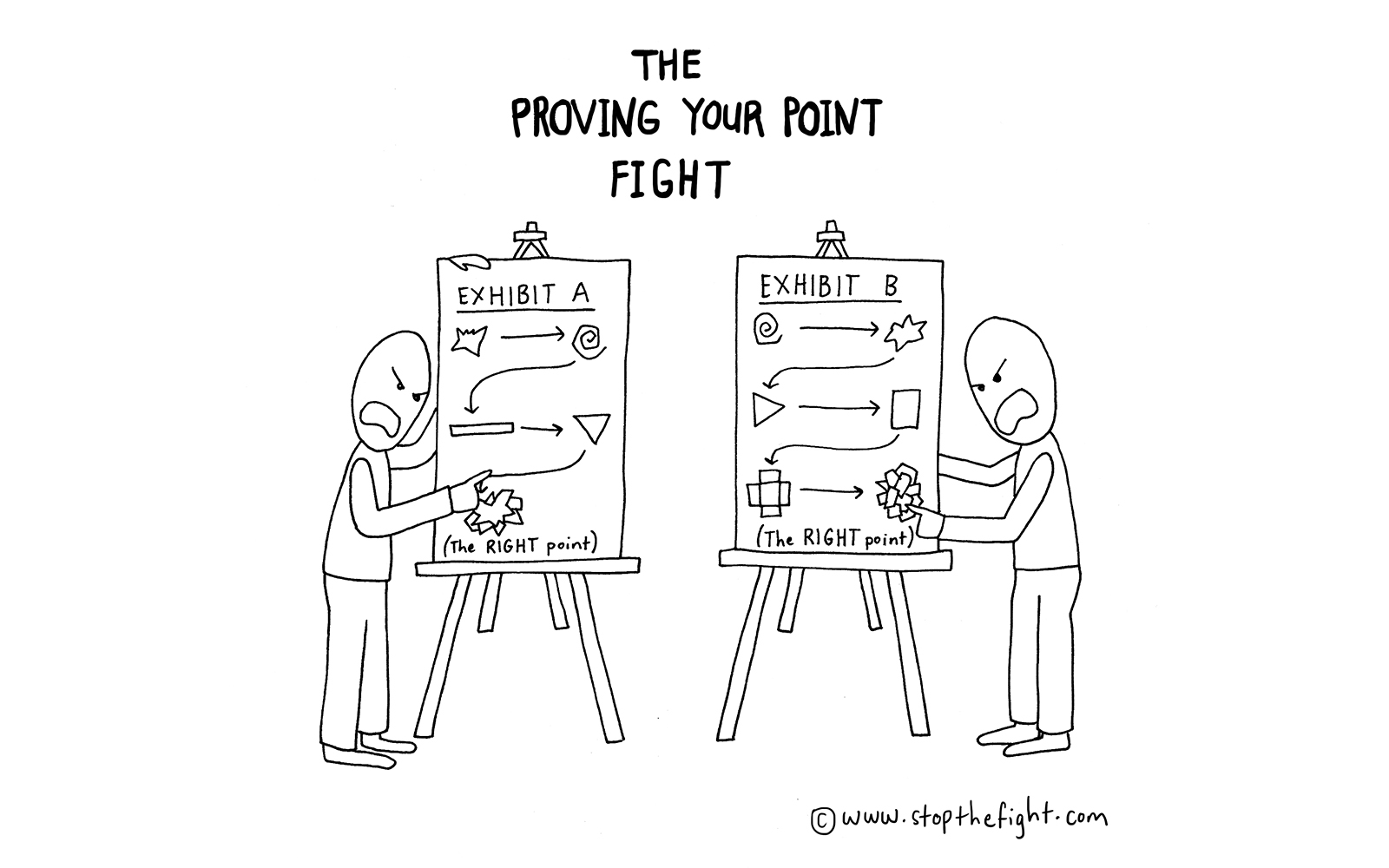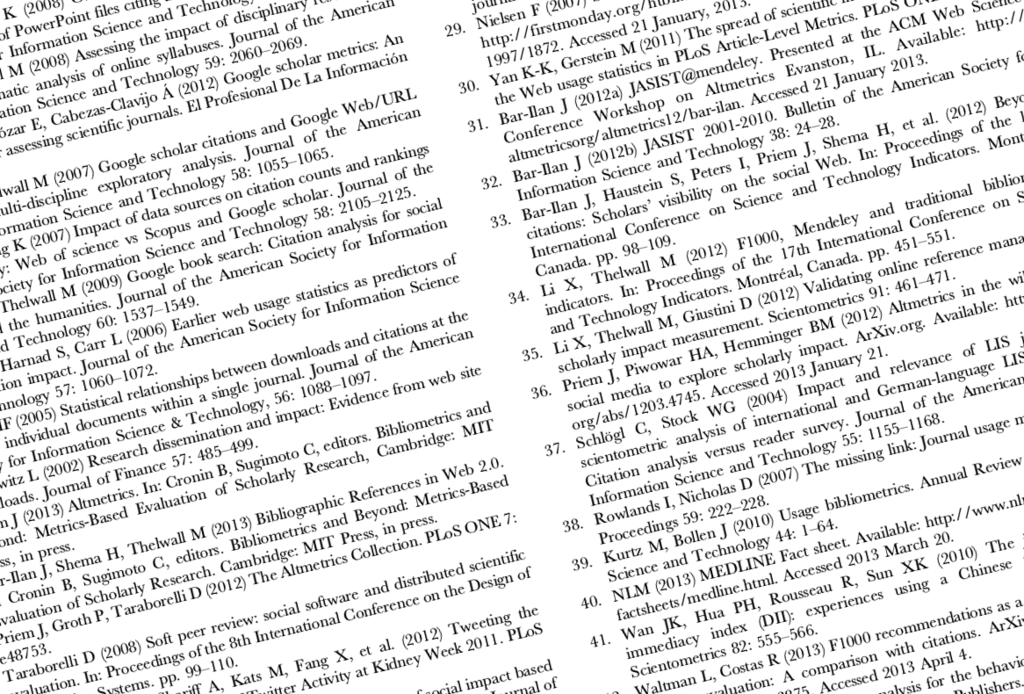That was a quick 2 quarters. That’s 6 months. I can’t believe it.
Even crazier, I’m already finishing my first year. Unbelievable.

Last post of the quarter so obviously time to drop the first gif of this entire blog. (I’m going to regret this decision later…)
So what did I learn in this writing class these two quarters? I don’t even know where to start. This was my first English writing class ever in my life; in Japan we never did English writing and I was pretty much home-schooled in terms of my writing. So I was actually pretty nervous when I first started this class. Looking at where I am now, I can say that I am just a little proud of myself. (maybe more than a little…)
I think the technique I learned the most was the art of meta-commentary. Since much of my writing came from college essays, it was all about “talk less show more.” That changed 180 degrees. By turning an essay into a conversation with my audience (which of course changes based on rhetoric) I was able to make my points clearer and more effective/persuasive. IN OTHER WORDS, “explain more less miscommunications!”

To anyone in next year’s Dr. Lueck’s class: Use this magical phrase and get an A!! (Source)
Also is the mindset that “writing is a process.” I always would get caught up in the idea that writing was a mere product of research, or even worse only an assignment. Tackling so many different kinds if writing styles, research methods, and rhetorical consideration, I now can confidently say that writing is definitely a process. Every time I re-read my essays there is something I can change, and I’m never actually FINISHED writing. It just means that I had to stop somewhere.
So all in all, we learned a lot about methods and concepts to improve our writing, but my main take-away is that in fact I don’t dislike writing; I even kind of like it. It may be tedious at times, but after all, I really like talking to people, and through this class I learned that writing is just talking to people over pieces of paper.
Happy Writing!!
– JJ

(Source)
Special Thanks To:
Dr. Lueck, the best writing teacher ever!
Kelli, the best peer editor in the country!
Cory, for basically coming up with my entire multimodal project plan!
You all are the best! Can’t thank you enough.
















